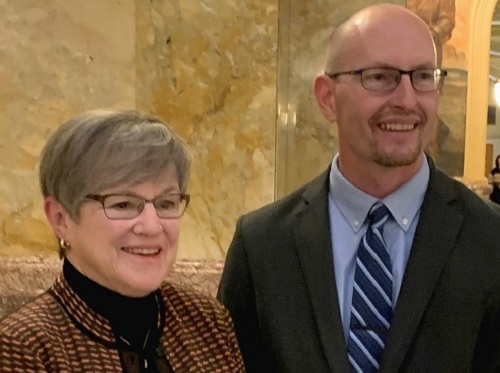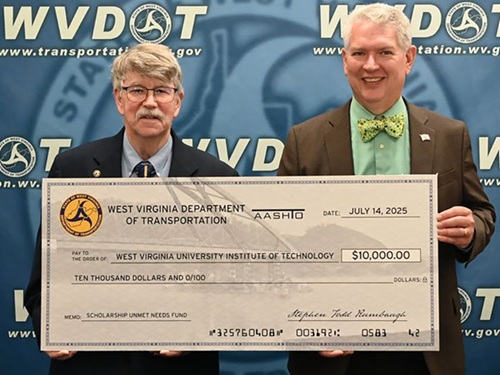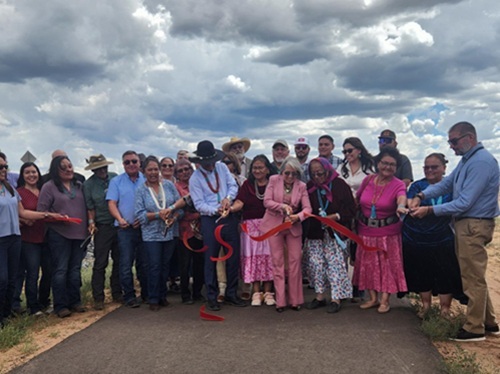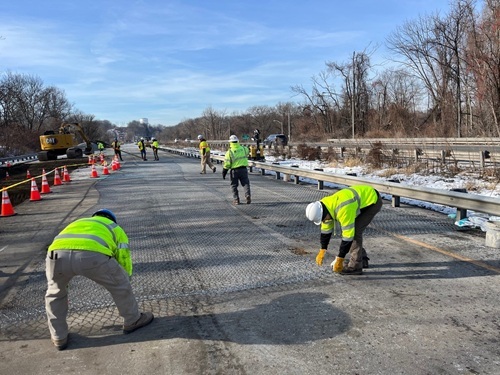The New Jersey Department of Transportation and the Kansas Department of Transportation recently awarded funds to support a variety of infrastructure projects at the local level.
[Above photo by the New Jersey DOT]
New Jersey DOT is supporting the release of $150 million in fiscal year 2026 County Aid from the New Jersey Transportation Trust Fund to bolster local road and bridge projects; apportioned based on population and road mileage in each county, with each county selecting the projects that receive funding.
The agency also noted that the state’s 21 counties are required to submit eligible projects to the New Jersey DOT for approval prior to December 1. Furthermore, Governor Phil Murphy (D) signed into law a new schedule for County Aid in which New Jersey DOT must inform counties of their allotments for the current fiscal year by July 31 to help them better plan future transportation infrastructure investments.

“The Murphy Administration is committed to a safe and efficient transportation system that benefits everyone who is traveling in New Jersey – whether they are on a state highway or on county or municipal roads and bridges,” explained Fran O’Connor, New Jersey DOT commissioner, in a statement. “The millions of dollars in County Aid provides funding to ensure our local infrastructure is maintained in a state of good repair without burdening local taxes.”
Meanwhile, in Kansas, Governor Laura Kelly(D) issued $25 million to 30 projects to improve local intersections and roads – projects selected for funding by the Kansas Department of Transportation via its City Connecting Link Improvement Program or CCLIP.
Projects in this program may fall into one of three categories: Surface Preservation (SP), Pavement Restoration (PR), or Geometric Improvement (GI), noted the agency. SP projects extend the life of the driving surface, such as overlays or joint repair, and are funded up to $400,000 per project. PR projects typically involve extensive pavement rehabilitation or full-depth pavement, while GI projects focus on roadway geometrics that address safety, capacity, or operational needs, such as adding turn lanes or improving intersections. The PR and GI categories are funded up to $1.5 million per project, Kansas DOT noted.

CCLIP provides funds for cities to make improvements on city connecting links that are on state highways, Kansas DOT noted, with these projects selected for the fiscal year 2027 and 2028 funding cycle.
Under CCLIP, cities with populations above 2,500 have local minimum contribution requirements, while cities with populations over 100,000 are required to have a 25 percent match. Local contributions significantly expanded the scope and total impact of the selected projects, bringing their combined value to over $39 million, noted the governor in a statement.
“Enhancing the safety and accessibility of our local highways is made possible by grants through this essential program,” Gov. Kelly said. “In turn, these roadway improvements help bring in resources and improve connectivity in various regions of the state.”
“The essence of the City Connecting Links program lies in the shared commitment between KDOT and our communities,” added Calvin Reed, Kansas DOT secretary. “It’s through this vital partnership that we can address both state and local transportation needs, fostering economic growth and connectivity across Kansas.”
 States
States
WVDOT Prize Money Supports WVU Tech Scholarship
August 8, 2025 States
States

